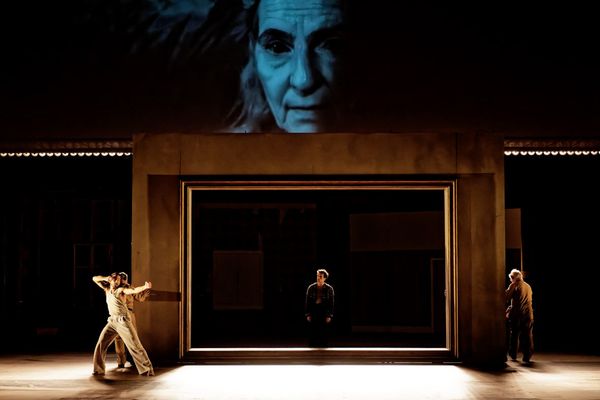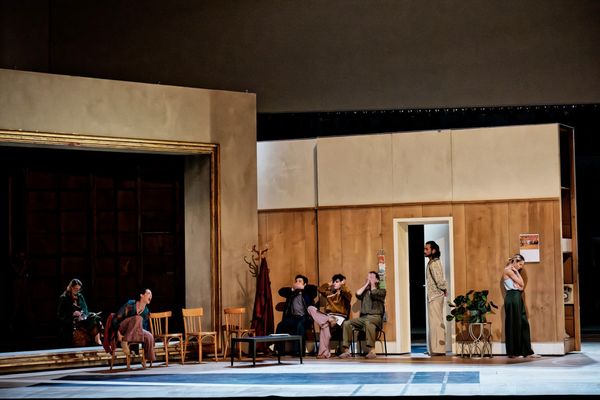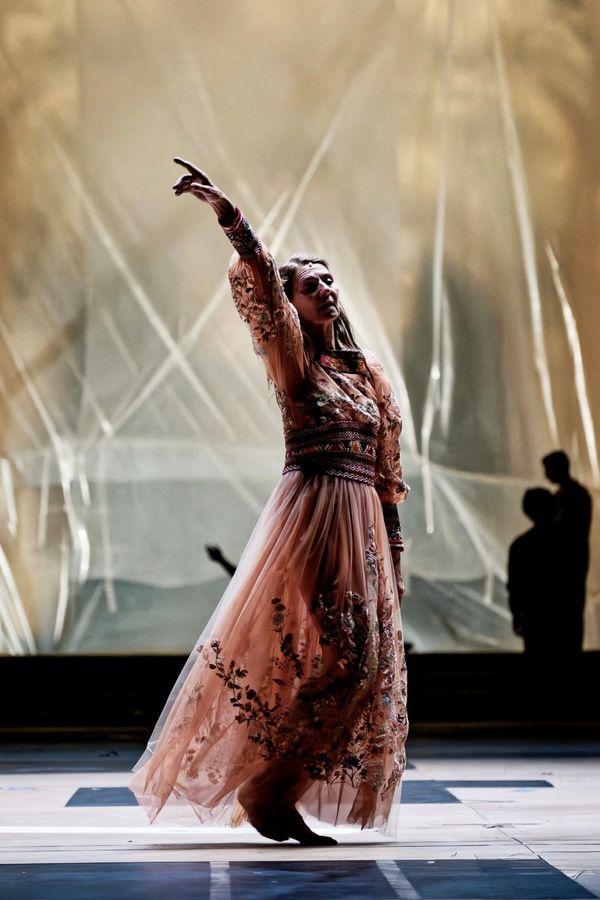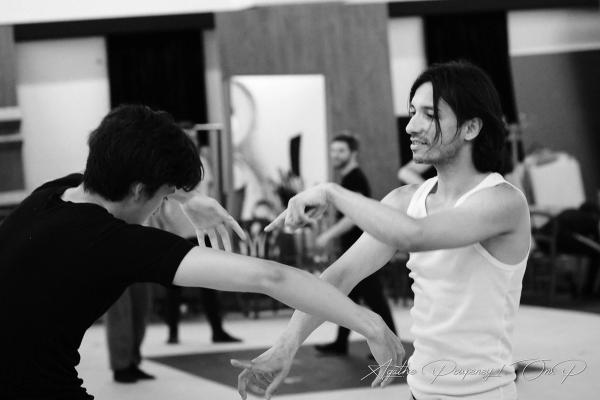Paris Opera Ballet created an unusually rich archive of material around the making of Cri de Cœur. From rehearsal videos in the vast studios of the Opéra Bastille to filmed interviews with the dancers, audiences can glimpse how this landmark project took shape. Here’s a gathering of some of those resources alongside excerpts from the performance and critical responses.
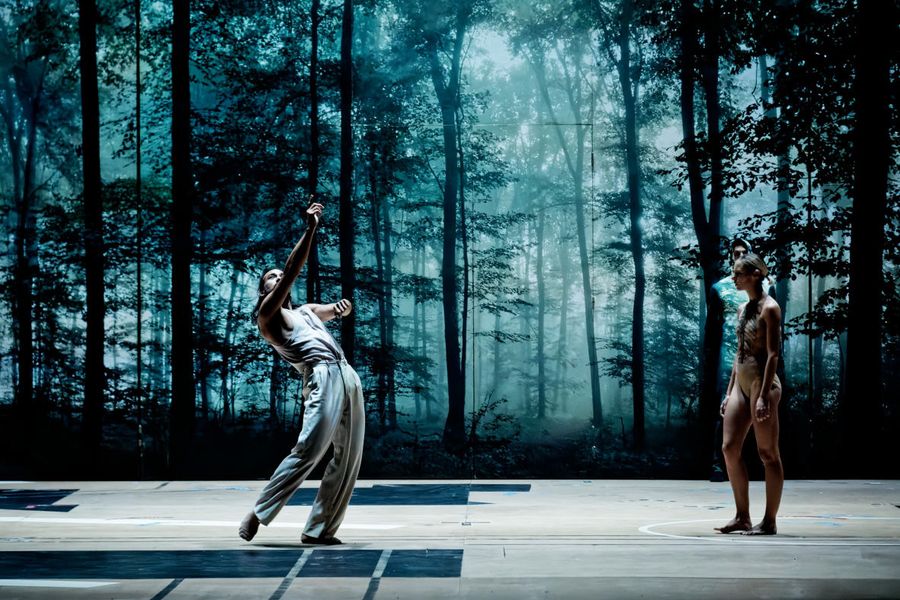
When you’re on a stormy sea, and the boat is incomplete – but you also know you’ll reach the harbour together.
TAKERU COSTE - WORKING AT THE LIMITS
“We were really at the limit of what a ballet can be. At the same time we were close to theatre, close to cinema.” For the dancers, this was the first time they worked so extensively with text. They began in English before translating into French, and many had to find new methods of learning.
Takeru recalls anchoring words to movement: “From my choreography I found the words again. Movement first, then the words - not words first with emotion added later.”
For a company rooted in classical ballet, the introduction of spoken dialogue was a shock. Many dancers had never stood on stage with a microphone or delivered a line to an audience. It demanded a new kind of presence, one where voice and movement were inseparable.
The scenography also pushed them into uncharted territory. Takeru describes how the piece leapt quickly from one world to another - a canyon, the Alps, a chalet, a theatre, a museum. These sudden changes meant the dancers had to switch emotional states instantly, inhabiting contrasting atmospheres without pause.
The rehearsal process generated an immense amount of material, with each dancer adding their own colours and textures. Øyen and co-choreographer Daniel Proietto guided the ensemble through this stormy sea of possibilities. “They really trust us as artists. They give us words, colours, ideas - and from that, we have carte blanche.”

Takeru Coste speaks about the rehearsal process, with behind-the-scenes footage from the Opéra Bastille studios built with a raked stage replicating Palais Garnier.
MARION BARBEAU – CHARACTER AND VULNERABILITY
Soloist Marion Barbeau took on her first major acting role on stage in Cri de Cœur. She played a young woman who learns she has cancer and will die - a role threaded with escape, reconciliation, and family conflict.
“If you asked every dancer, we’d each tell a different story. My character knows it’s over, and she wants to run away. At the same time, she’s searching for her father, and there’s a conflict with her mother.”
Øyen drew on each dancer’s vulnerabilities, placing them at the core of the work. For Marion, this meant speaking her own lines on stage, performing dialogue, and finding new ways of embodying fragility.
“This piece is about reflecting fiction and reality. It was the first time we really heard the dancers - with our voices, dialogues, and scenes of acting. And it was so collective. Everyone was busy creating together. That’s what I loved the most.”

Marion Barbeau on her role in Cri de Cœur – balancing vulnerability, dialogue, and dance in her first acting role on stage.
Alan saw our weaknesses and asked us to play with them.
Excerpt from Cri de Cœur: Marion dancing a solo before the ensemble, who sit facing her like an audience. At the end, one of the dancers stands and claps. The moment frames her vulnerability against the act of being watched, a recurring theme in the piece.
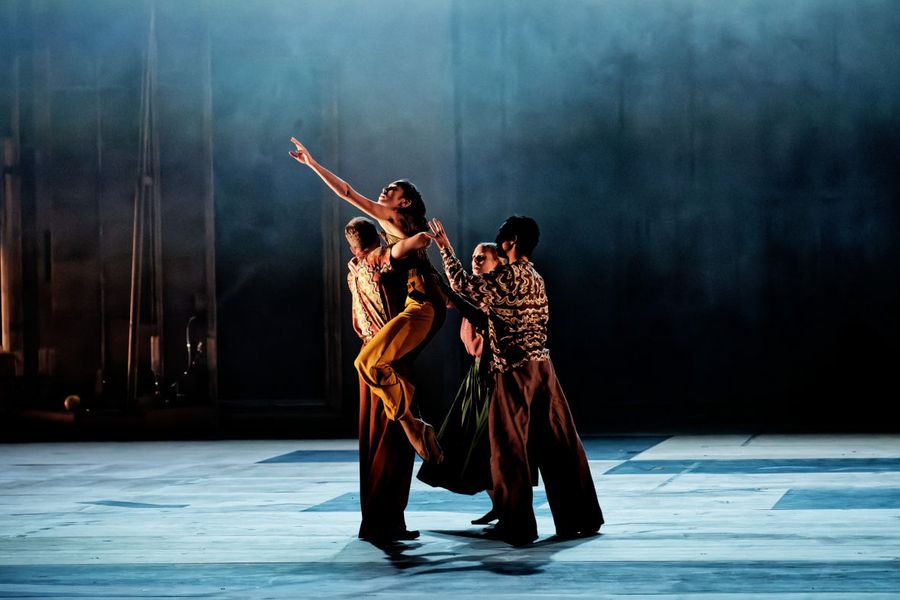
Mother and son
A charged confrontation unfolds between Héléna Pikon and Alexandre Boccara as mother and son. After a family meal, the son breaks, lashing out at his mother’s suppression of feelings. It was Boccara’s first acting role on the Garnier stage.
“Here I am, trying to leave the table without breaking up the party. When did you decide to throw this ugly little bean-feast? When you crept into the United States of Amnesia and finally forgot you’d killed me. What are we giving thanks for? My absence? Bon appétit.”
Excerpt from Cri de Cœur: Héléna Pikon and Alexandre Boccara in a mother–son confrontation – his first acting role at Palais Garnier.
SCENE FROM CRI DE COEUR: SIMON LE BORGNE
Simon Le Borgne dances with urgency, his body straining, while screaming for help. Héléna Pikon sits nearby as a silent witness.
The scene is raw, theatrical, and extreme – an example of how Øyen fuses dance with the intensity of theatre.
Excerpt from Cri de Cœur: Simon Le Borgne’s solo — danced with intensity, under the silent gaze of Héléna Pikon.

ANTONIN MONIÉ – PERSONNE AND HUMANITY
Antonin Monié recalls the process beginning in a circle, each dancer sharing their life story in turn. From those fragments Alan collected words and images that became starting points for improvisation. His role in the final piece was “Personne” - literally “No-one.” A benevolent figure who never judges, always present, and perhaps a projection of Marion’s character. Personne is the personification of nobody: loneliness given form, but also companionship.
Even the characters we play are still ourselves, in some way.
The piece integrated dancers, actors, technicians, props, and live microphones into what Antony calls “a total theatre piece.” The stage became a shifting landscape where illusion and reality collided.
Antony Monié reflects on his role as “Personne,” the circle-sharing process, and the total theatre of Cri de Cœur.

Excerpt from Cri de Cœur: The ensemble of Paris Opera Ballet in group tableaux — precise, fluid, kaleidoscopic.
CRITICAL RECEPTION
Cri de Cœur was met with wide critical acclaim. In France, Le Monde praised Alan Lucien Øyen’s fusion of dance, theatre, and cinema, calling the work “a labyrinth of emotion” and highlighting its poetic scenography and Marion Barbeau’s luminous performance. In Norway, Norsk Shakespearetidsskrift described the production as “a scenic achievement and event,” noting its kaleidoscopic dramaturgy, surreal dream-logic, and bold visual language. Together, the reviews positioned Cri de Cœur as both a landmark for Paris Opera Ballet and a testament to Norwegian stage art on one of the world’s grandest stages.
Did you know?
In order for everyone to tell their story, the dancers’ sharing circle lasted three full days.
Rehearsals were held on a raked stage in the basement of Opéra Bastille, built to replicate the Palais Garnier.
The Palais Garnier was kept entirely open for the production: nearly one hundred people, including dancers, dressers, props crews, and stage technicians, were on stage executing the performance.
Héléna Pikon and Alexandre Boccara sing in Norwegian in their mother–son confrontation scene.
Marion Barbeau has since gone on to a flourishing career in French cinema – but Cri de Cœur marked her first major acting role on stage.
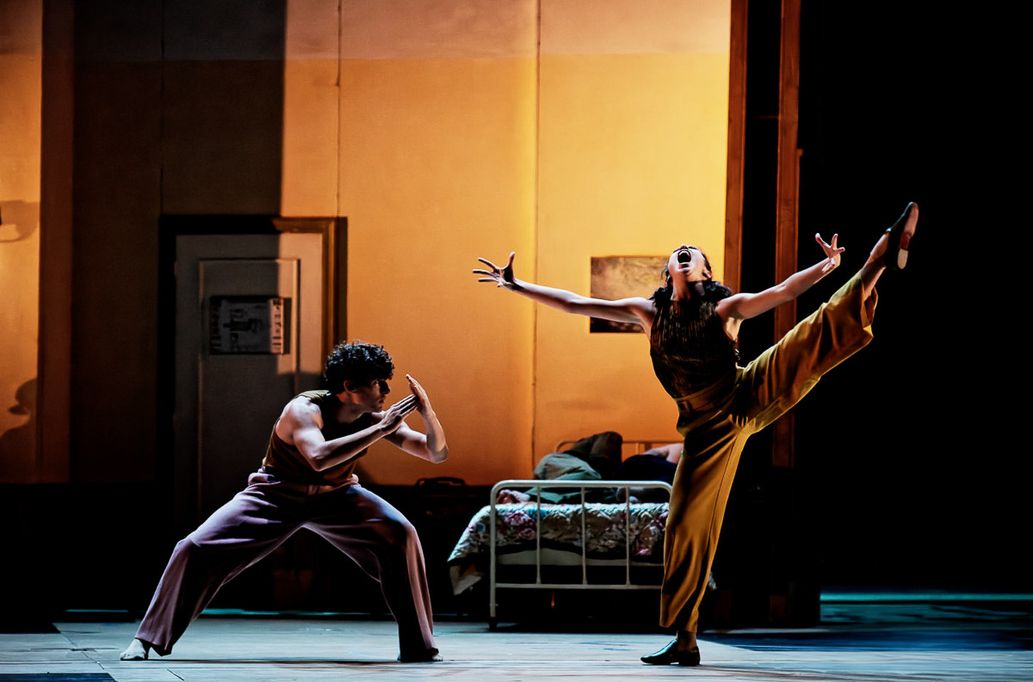
Cri de Cœur
A full-length ballet that fuses dance, theatre and cinema into a haunting meditation on love, loss and mortality. Premiered at Palais Garnier in September 2022, the work placed intimacy and fragility at the heart of the grand stage.
Images
